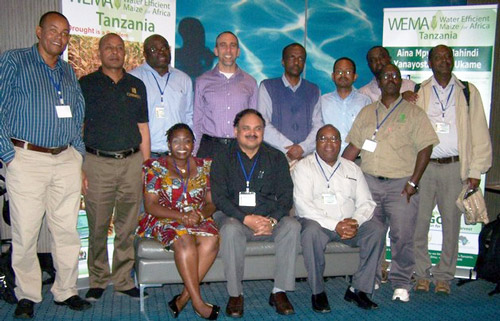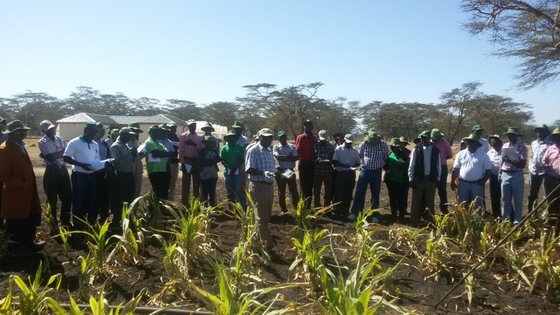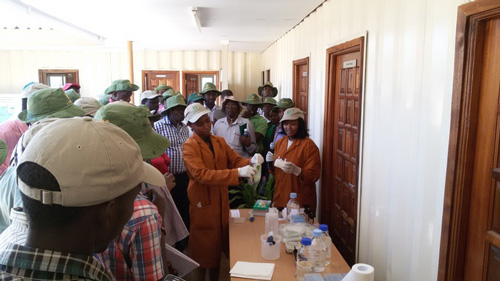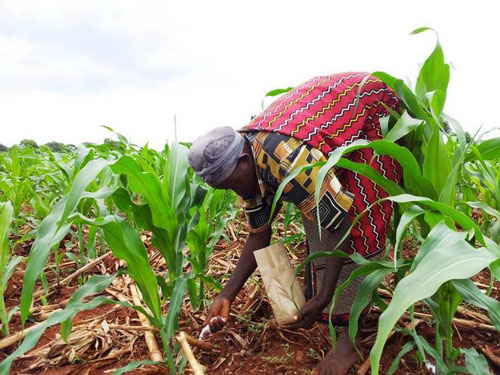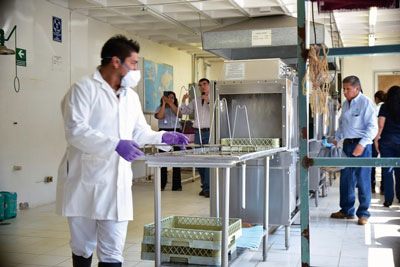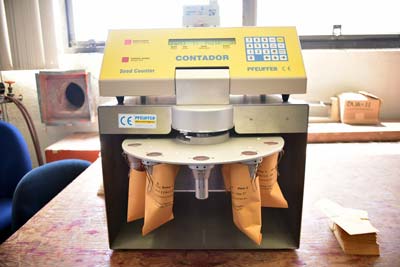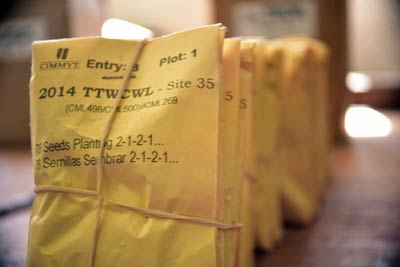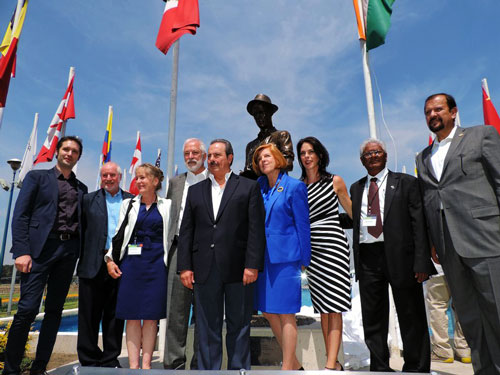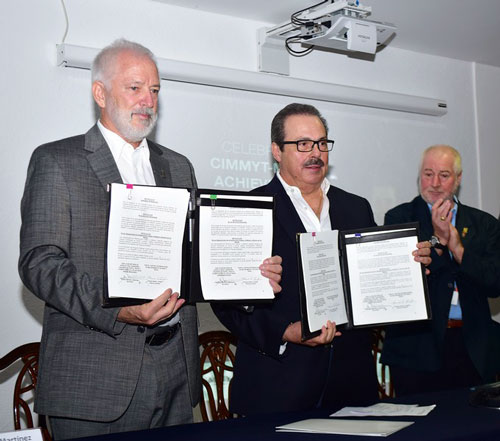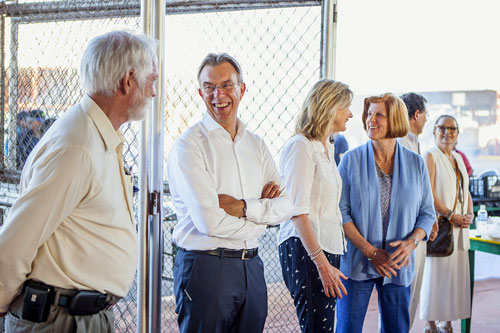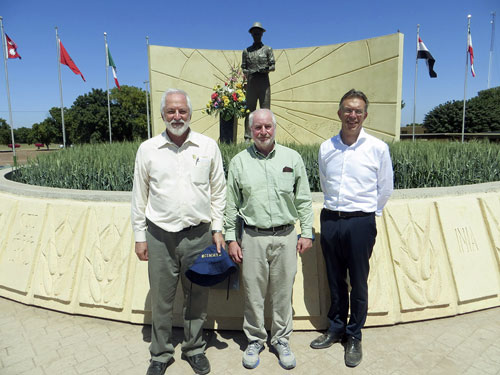SUPER WOMAN: Jane Ininda “priceless gem” to maize development in Africa
RELEASE OF 26 COMMERCIAL MAIZE VARIETIES DURING CAREER
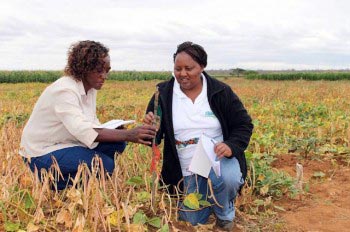 International Women’s Day on March 8, offers an opportunity to recognize the achievements of women worldwide. This year, CIMMYT asked readers to submit stories about women they admire for their selfless dedication to either maize or wheat. In the following story, Judith Oyoo writes about her Super Woman of Maize, Jane Ininda, an agricultural scientist.
International Women’s Day on March 8, offers an opportunity to recognize the achievements of women worldwide. This year, CIMMYT asked readers to submit stories about women they admire for their selfless dedication to either maize or wheat. In the following story, Judith Oyoo writes about her Super Woman of Maize, Jane Ininda, an agricultural scientist.
Dr. Jane Ininda is an agricultural scientist who has been making great strides in agricultural research with remarkable results.
She was born in humble surroundings, in Mbeere District, in Kenya. Her parents were farmers whose crop yields were far from satisfactory.
“I remember as I was growing up that there wasn’t enough food; we used traditional methods and you could never be sure there would be enough food in the year,” Ininda recalled.
A graduate of Iowa State University, she began her academic journey in Eastern Province, Kenya at Kaaga Girls High School, University of Nairobi where she earned bachelor’s and master’s degrees before joining Iowa State University to study for her doctoral degree.
Dr. Ininda has released 26 commercial maize varieties during a career that spans more than 30 years. In collaboration with other partners she has released more than 180 hybrid maize varieties that have been commercialized.
She has contributed to food security, employment and wealth creation to smallholder farmers in Africa.
Dr. Ininda believes in the saying: “Give a hungry person a fishing hook and they will never be hungry again in their lifetime.”
In this case, the “fishing hook” is crop varieties, especially disease-resistant, high-yielding maize with improved taste and the ability to mature early.
In addition to her professional excellence, she has mentored many upcoming young scientists without considering gender.
She is hardworking, determined, focused, intelligent, humble and soft spoken, although she is a giant in the world of research.
She believed in me when I was naïve, having recently graduated from Kenya’s Egerton University. She involved me in her project, taught me how to carry out experiments, data collection and team work.
I gained invaluable research experience under her mentorship, although informal. One way to sum her up: “Priceless gem to Africa.”
Any views expressed in this article are those of the author and not of the International Maize and Wheat Improvement Center.
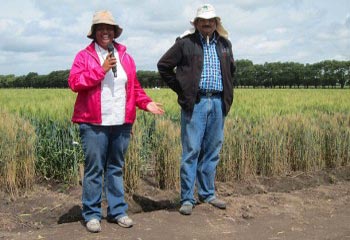
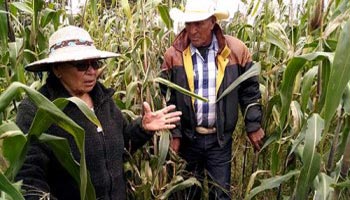 International Women’s Day on March 8, offers an opportunity to recognize the achievements of women worldwide. This year, CIMMYT asked readers to submit stories about women they admire for their selfless dedication to either maize or wheat. In the following story, Julio Cesar Gonzalez Marquez writes about his Super Woman of Maize, Dolores Robles González, a farmer in Mexico.
International Women’s Day on March 8, offers an opportunity to recognize the achievements of women worldwide. This year, CIMMYT asked readers to submit stories about women they admire for their selfless dedication to either maize or wheat. In the following story, Julio Cesar Gonzalez Marquez writes about his Super Woman of Maize, Dolores Robles González, a farmer in Mexico.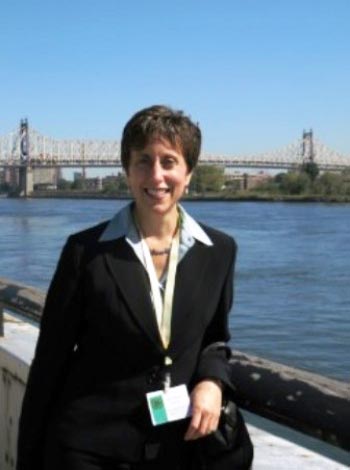 International Women’s Day on March 8, offers an opportunity to recognize the achievements of women worldwide. This year, CIMMYT asked readers to submit stories about women they admire for their selfless dedication to either maize or wheat. In the following story, Amy Braun writes about her Super Woman of maize and wheat, Kellogg Company’s Diane Holdorf.
International Women’s Day on March 8, offers an opportunity to recognize the achievements of women worldwide. This year, CIMMYT asked readers to submit stories about women they admire for their selfless dedication to either maize or wheat. In the following story, Amy Braun writes about her Super Woman of maize and wheat, Kellogg Company’s Diane Holdorf.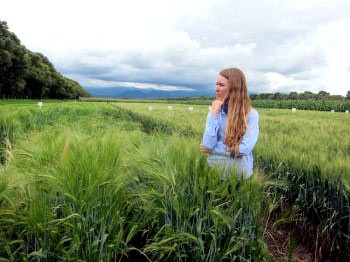
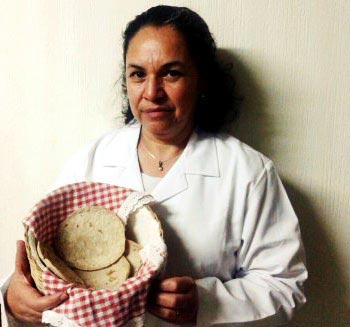 International Women’s Day on March 8, offers an opportunity to recognize the achievements of women worldwide. This year, CIMMYT asked readers to submit stories about women they admire for their selfless dedication to either maize or or wheat. In the following story, Michele Monroy-Valle writes about her Maize Super Woman, Julieta Salazar, head of the comprehensive research unit of studies on indigenous foods of the region at Universidad de San Carlos de Guatemala.
International Women’s Day on March 8, offers an opportunity to recognize the achievements of women worldwide. This year, CIMMYT asked readers to submit stories about women they admire for their selfless dedication to either maize or or wheat. In the following story, Michele Monroy-Valle writes about her Maize Super Woman, Julieta Salazar, head of the comprehensive research unit of studies on indigenous foods of the region at Universidad de San Carlos de Guatemala.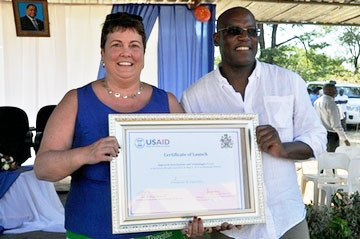
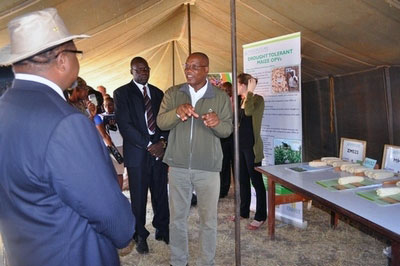
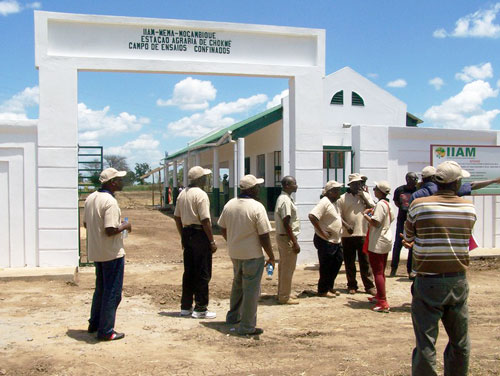
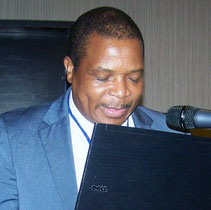 These momentous breakthroughs were revealed at the 7th WEMA Project Review and Planning Meeting in Maputo, Mozambique, which took place February 8–12, 2015. In his opening remarks, Dr. Inacio Mapossé (pictured left), IIAM’s Director General, said that Mozambique’s Ministry of Agriculture had been renamed to the Ministry of Agriculture and Food Security. This, he emphasized, was not just an exercise in words, but also underscored the importance of projects such as WEMA. In his words, “In Mozambique, you cannot talk about food security without talking about maize.” True. Statistics show that nearly all (95 percent) of Mozambique’s smallholders grow maize (report forthcoming), and that maize covers nearly half (40 percent) of the land devoted to annual crops. Hence, the ministry could well have been renamed to ‘The Ministry of Maize’ and the cap would have fitted!
These momentous breakthroughs were revealed at the 7th WEMA Project Review and Planning Meeting in Maputo, Mozambique, which took place February 8–12, 2015. In his opening remarks, Dr. Inacio Mapossé (pictured left), IIAM’s Director General, said that Mozambique’s Ministry of Agriculture had been renamed to the Ministry of Agriculture and Food Security. This, he emphasized, was not just an exercise in words, but also underscored the importance of projects such as WEMA. In his words, “In Mozambique, you cannot talk about food security without talking about maize.” True. Statistics show that nearly all (95 percent) of Mozambique’s smallholders grow maize (report forthcoming), and that maize covers nearly half (40 percent) of the land devoted to annual crops. Hence, the ministry could well have been renamed to ‘The Ministry of Maize’ and the cap would have fitted!